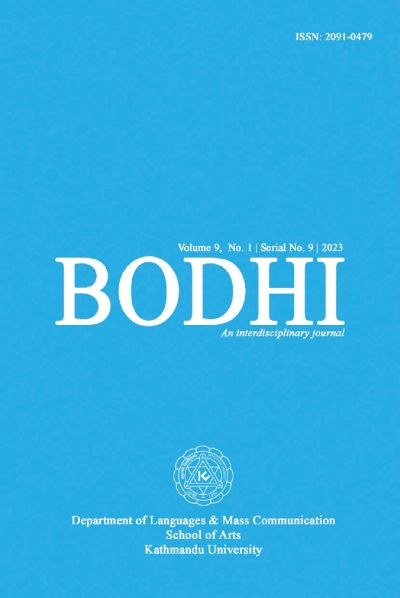Dalit Women’s Political Participation at the Local Level: Perspectives of Elected Women Representatives in Nepal
DOI:
https://doi.org/10.3126/bodhi.v9i1.61849Keywords:
Political representation, political socialization, leadership, empowermentAbstract
Political representation is believed to be a tool to enhance the competency of Dalit women. It is also acknowledged as a factor for the socio-political empowerment and advancement of the communities they represent. However, it is always fascinating to explore what political representation meant to them, why and how they could come to represent, and how consequential and substantial their representation was. This article interprets the construction from the narratives that come through one-to-one interviews with 19 Dalit women in Biratnagar Metropolitan City as the research participants on the status, opportunities and challenges of their political representation at the local level. After gathering the narratives, the data is discussed to reach the conclusion that political representation can be a gateway to enhance the leadership potential of Dalit women. The research reveals that political representation is taken as a crucial tool for enhancement of their competency and it can support the empowerment of the community one represents, though there are some issuesto be addressed with due time and efforts. Most of the time, a contextual need overcame a Dalit woman’s absence of political awareness to enter politics. Lack of prior experience not only constrained their political mobility and advancement but also, in situations, their male colleagues and the ward ‘chairman’ intimidated them due to their ‘politically inexperienced’background. Forsome others, their own community too was not excited with their election process or their roles at the local government. Higher levels of politicalsocialization and leadership training would be more goal-oriented. This paper contributes to comprehending the contextual rationale and the status of Dalit women’s political representation and creates scope for additional scholarly and political discourse.
Downloads
Downloads
Published
How to Cite
Issue
Section
License
© Department of Languages and Mass Communication, School of Arts, Kathmandu University, Nepal




